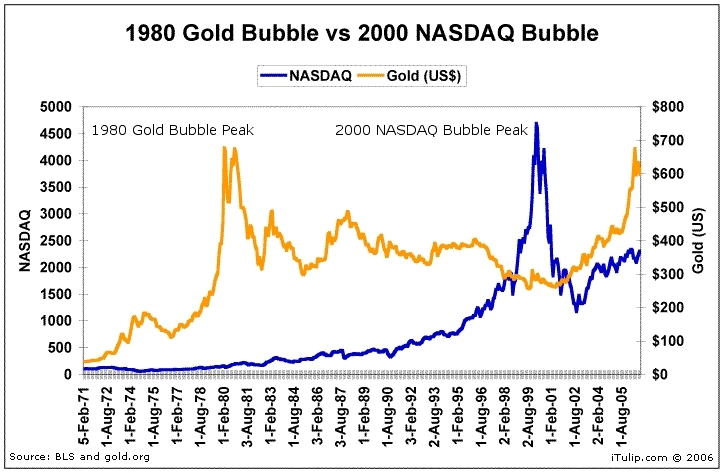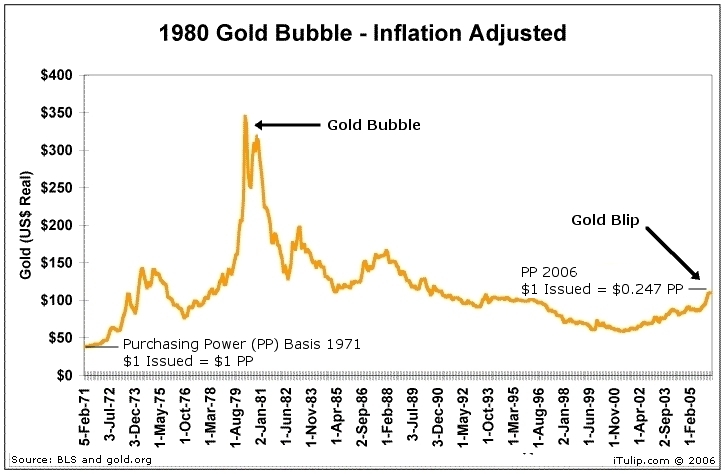 |
Most interesting to us is the p.s. at the end of his note: "I was surprised at how well these homebuilder stocks did from early 2000 to early 2003, rising 200% (ctx, dhi, phm) and 600% (len), when the rest of the US stock market was in a deep bear market, with the S&P losing 48%, NASDAQ losing 78%, and the US economy in a brief shallow recession in 2001."
Surprising, indeed. This raises the important question, can one spot the next bubble coming by watching a certain group of stocks rise for no apparent reason in a bear market during the next economic downturn?
John Serrapere sent us another chart, to add to our housing permits recession prediction and other leading indicators of recession.

John notes: "This shows that recession risk within the USA is high. The 3 month moving average for CFNAI has been negative for six consecutive months only 7 times prior to today, which has been a lagging, leading, and coincident indicator. There was only one false positive, in August 1993. It just gave us the same read today."
As we head into recession toward the end of 2007, and during the recession, we will have time to look around for potential target stocks that may serve as indicators of the next asset bubble. Energy related stocks are a good place to start.
As we head into recession toward the end of 2007, and during the recession, we will have time to look around for potential target stocks that may serve as indicators of the next asset bubble. Energy related stocks are a good place to start.
 ffice" />
ffice" />






Comment